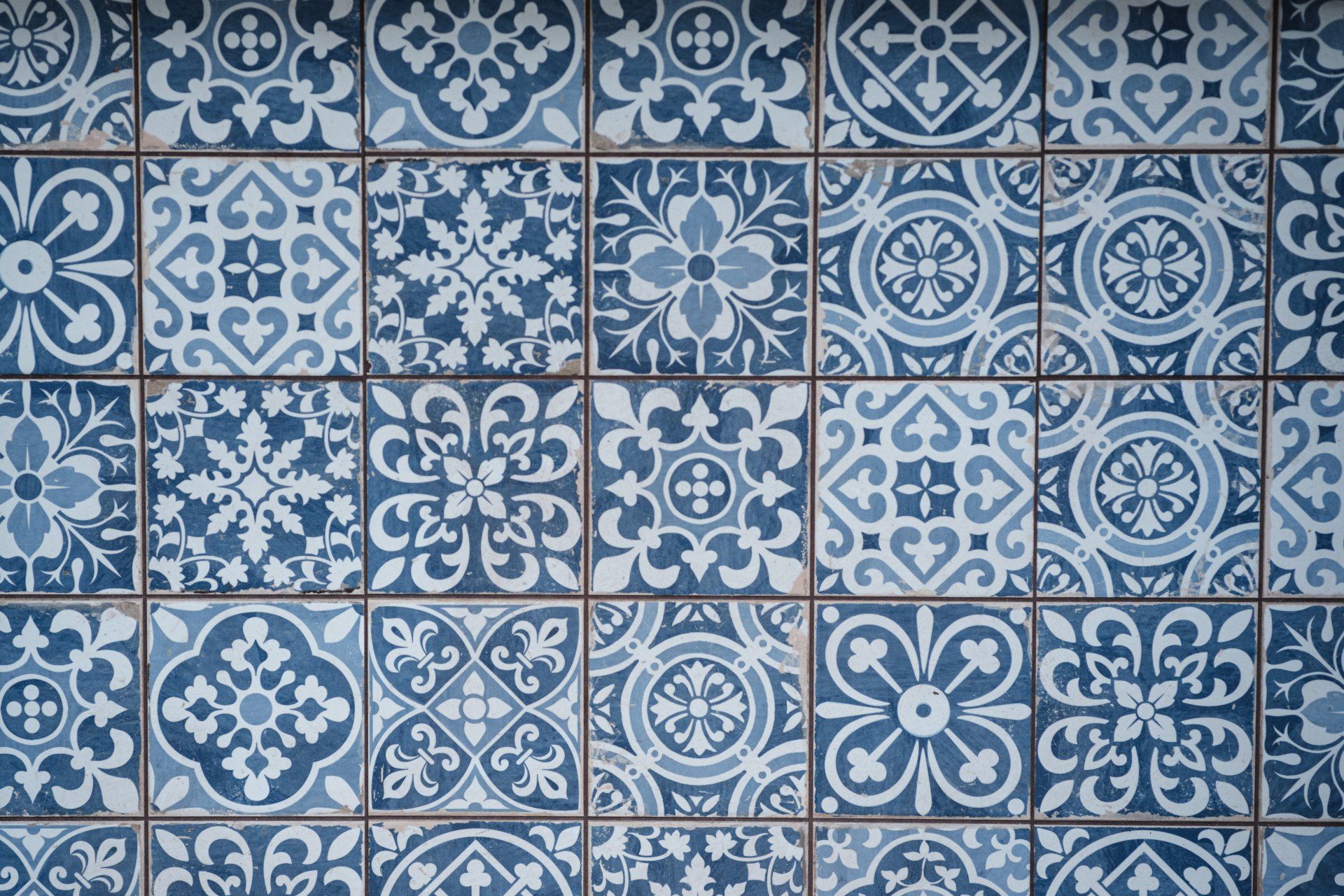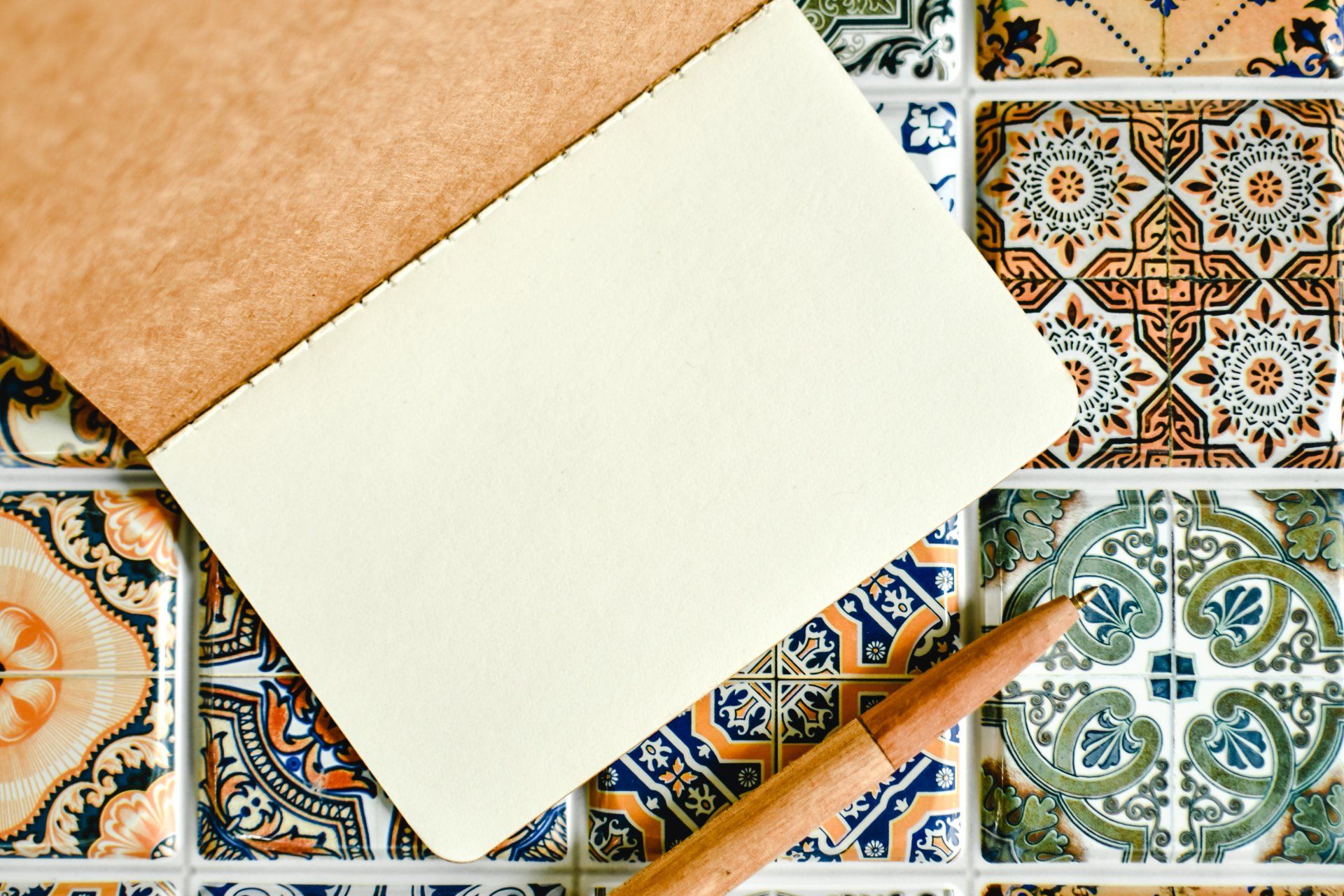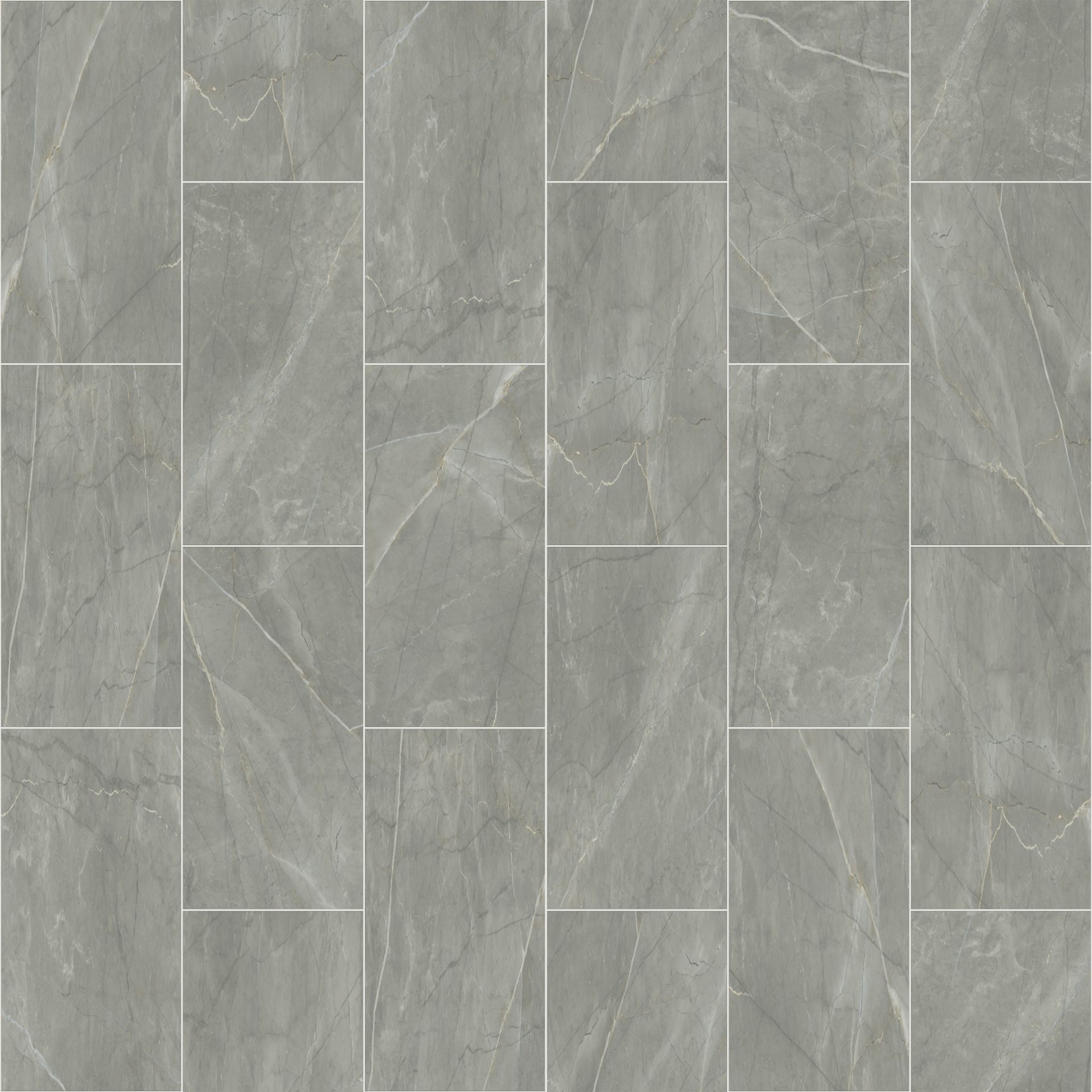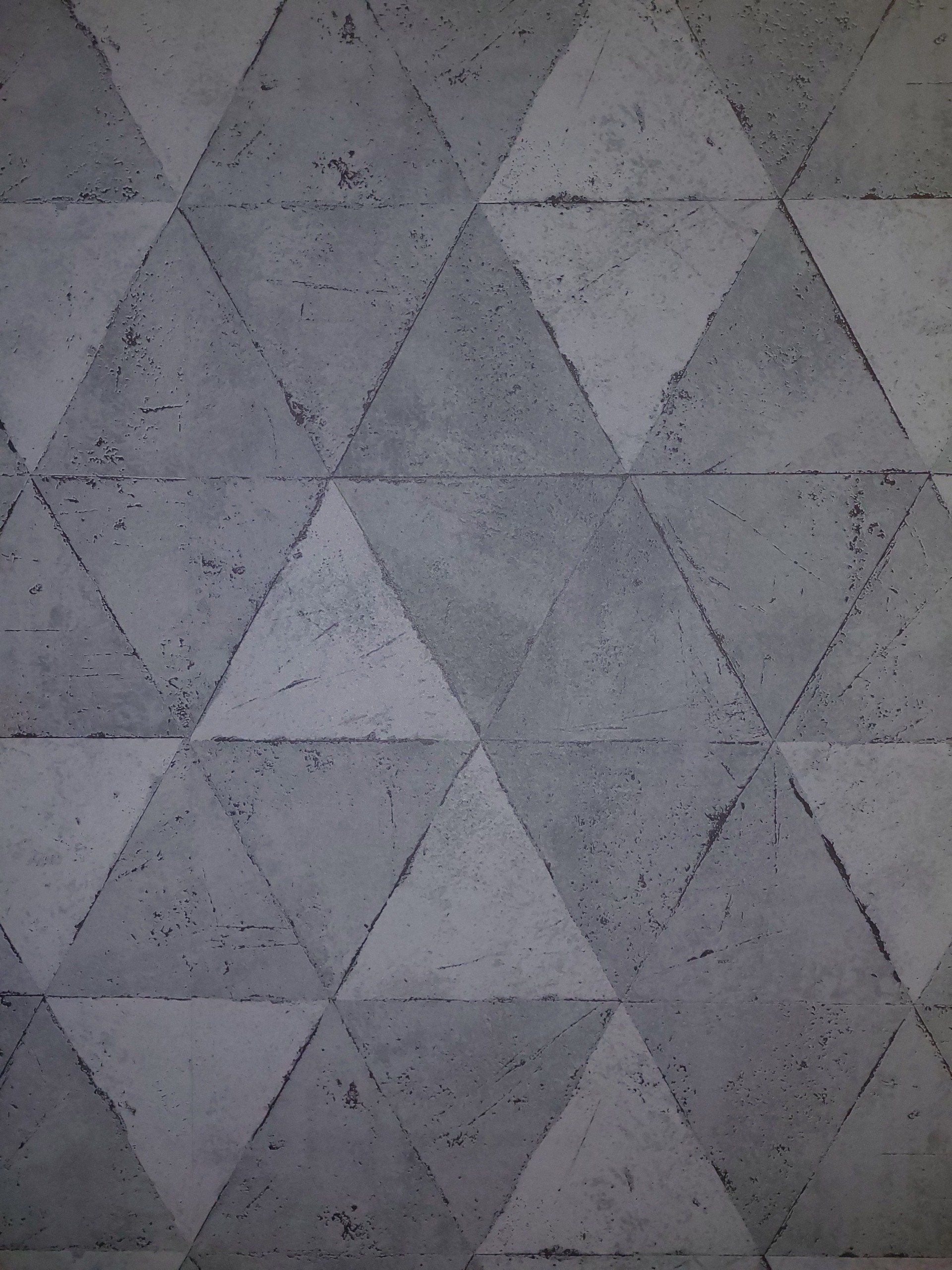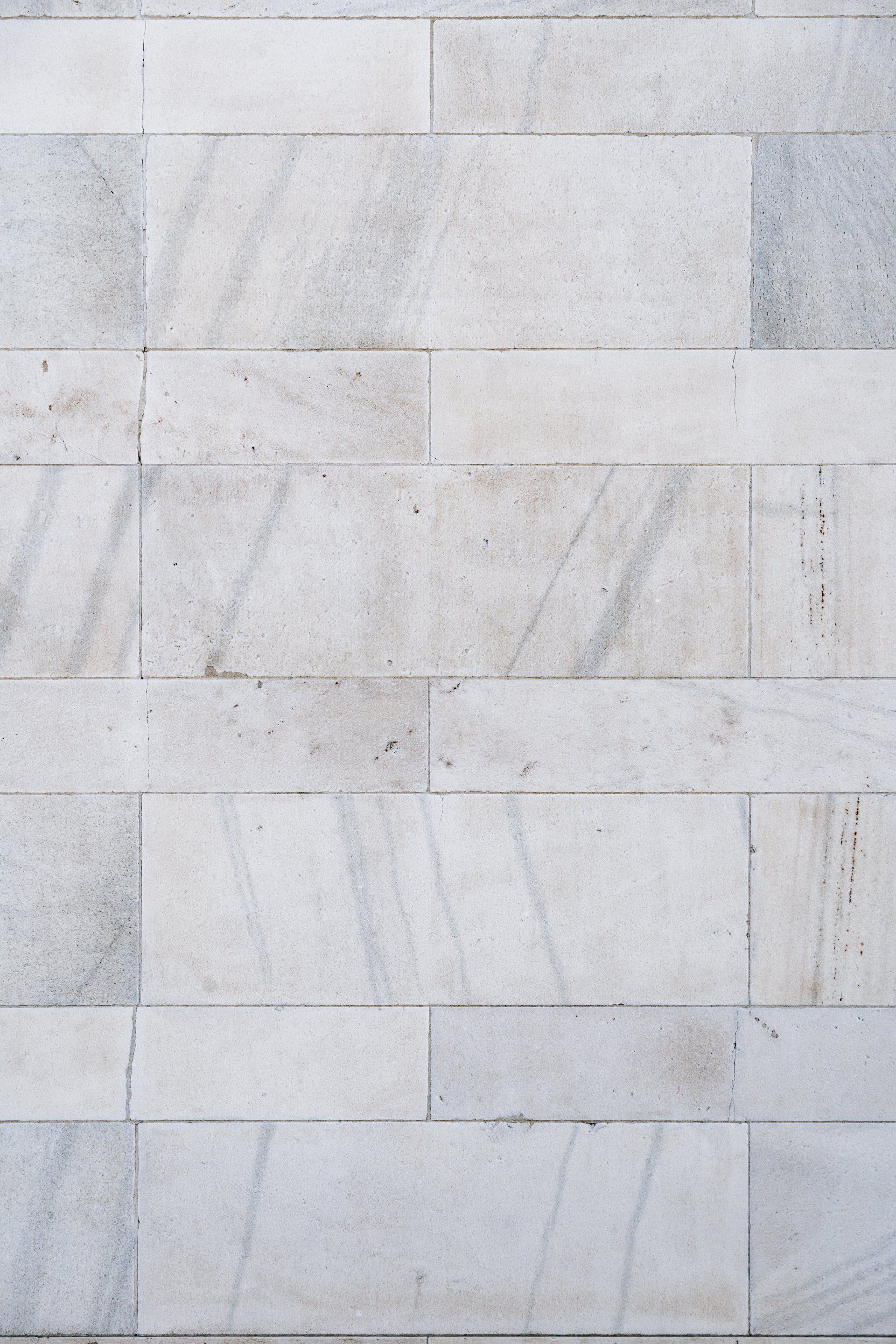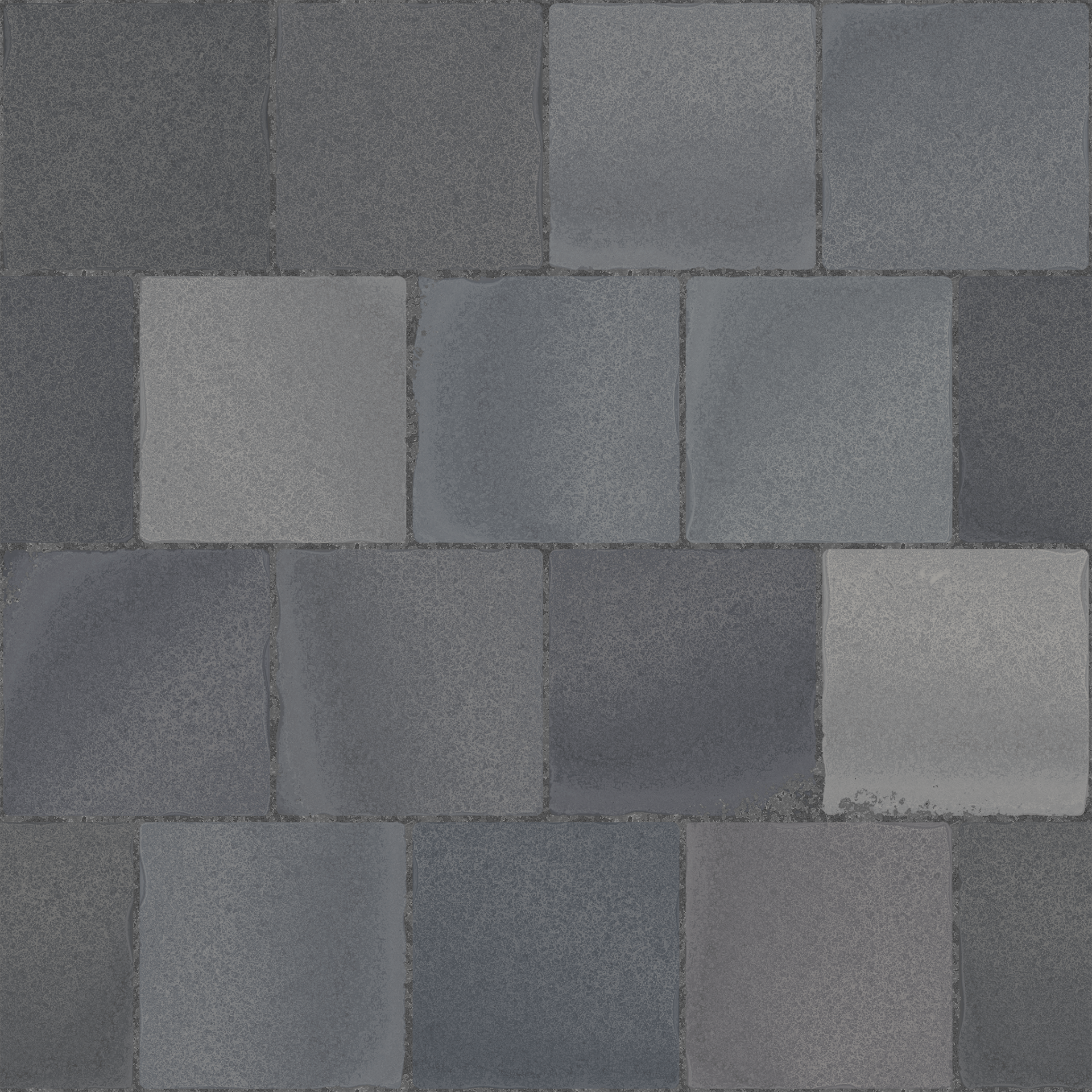How to Install a Cement Tile Flooring
How to Install a Cement Tile Flooring
Many homeowners, interior designers, and restaurant owners ask for cement tile flooring.
From start to finish, installing cement tile flooring can be a time-consuming process. Before you can even start the installation of cement tiles, there are many decisions to make. The first thing you need to do is decide on the design, shape, and color of the tiles that you would like to install. This is the most difficult part of the whole process, depending on how specific you are about the design elements. There are so many options for tile shapes, designs, and sizes.
There will be differences in the production conditions, materials, and quality of tiles from one factory to the next. This is why it's important to research which factories and manufacturers can deliver the results you desire at a price you are comfortable with.
These are some characteristics you should look for when searching for the best cement tiles to fit your home or business.
- Tiles come in different thicknesses, making it difficult to lay the final product "flat."
- Tiles that are inconsistently clear result from poor pigment pouring during production.
- Variations of the exact same color. Another form of production error is inaccuracies in pigment color measurements.
- Crumbly tile backs are a sign that the title is weak. This can be caused by hydraulic pressure that is too inconsistent or too much sand in it.
- Tile edges that "chip" easily is a sign of poor quality control in the factory or a weak mix.
- The cement-to-sand ratio will impact the strength and durability of the final product.
- The quality of pigments can affect the rate at which colors fade in direct sunlight.
Requesting engineering test reports is the best way to determine the quality of a factory, its production processes, or the quality of the material they use. These tests are based on uniform standards set by an outside engineering company. This is a great way for outside feedback to be gathered about a tile factory and to ensure that all your requirements and standards are being met.
Once your production of tiles is under control and you have begun to receive your order of tiles, you can begin to install your tiles.
No matter if you have a wood or cement subfloor, it is important to start by "dry fitting" your tiles. This will enable you to visualize how the tiles will look when completed. You may find minor differences between batches of tiles. Dry fitting the tiles will allow you to arrange the tiles in a natural way.
Tile Installation Edmonton Quote

